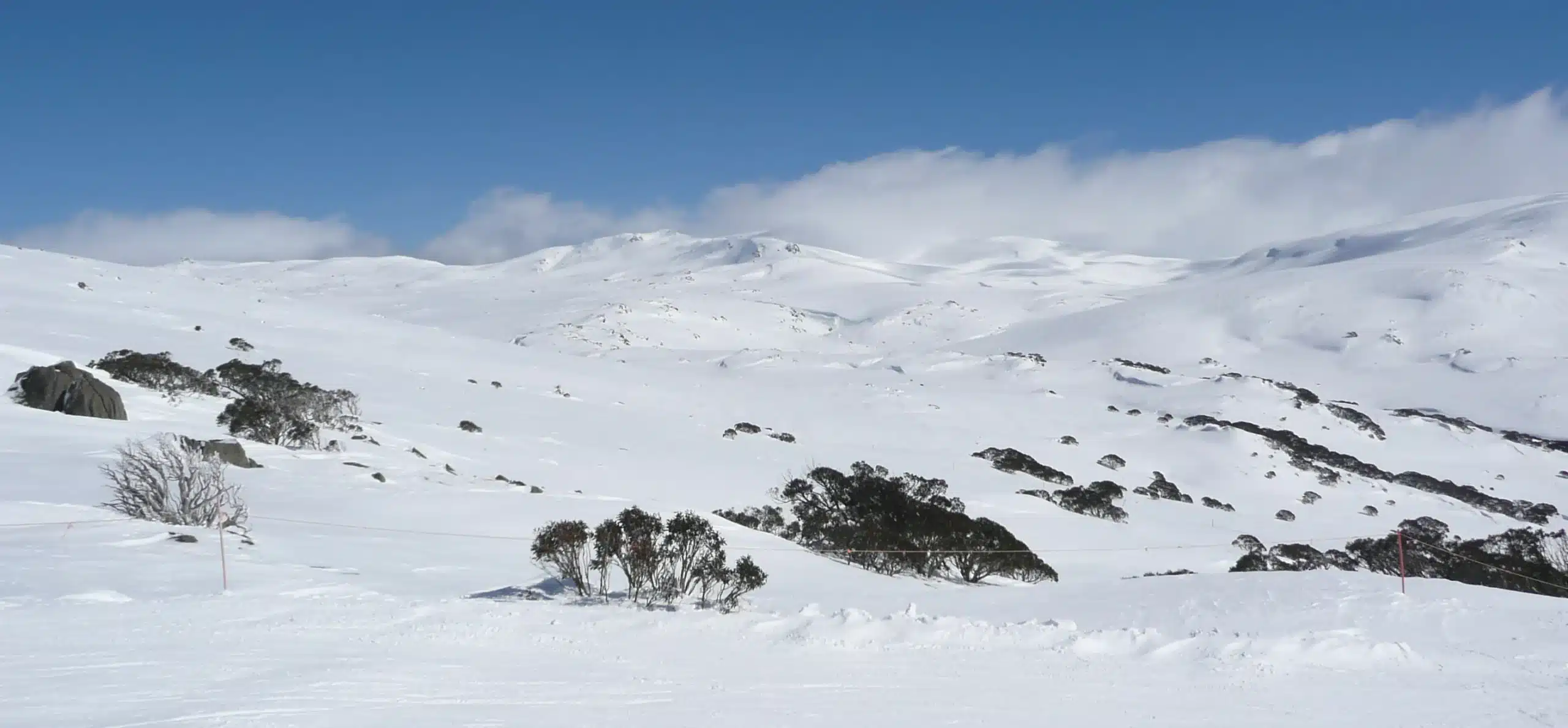Find Out How to Prepare for a Trip to the Snow In Australia with Useful Tips
Find Out How to Prepare for a Trip to the Snow In Australia with Useful Tips
Blog Article
Discover the Interesting Impacts of Snow in Australia on Neighborhood Communities
In spite of its track record for sun-soaked landscapes, Australia likewise flaunts regions blanketed by snow-- a sensation that profoundly affects the nation's unique environments. The insulating homes of snowflakes secure plants and animals amidst the coldest winter seasons, while the melting snow nurtures rivers and water life. The actual marvel lies in how these frosty conditions shape the nation's biodiversity and nutrient cycles. As we unwind this detailed partnership, we locate ourselves treading on undiscovered grounds in Australia's high nation.
The Unanticipated Regions of Snowfall in Australia
Although Australia is commonly connected with sandy beaches and sun-scorched landscapes, specific areas surprisingly experience snowfall. The high nation regions of New South Wales, Victoria, and Tasmania are particularly known for their winter season snow. The Snowy Hills in NSW, for example, obtain plentiful seasonal snow, providing a raw comparison to the country's normal warm, arid environment. On the other hand, the Victorian Alps and parts of Tasmania likewise see yearly snowfalls, transforming the landscape right into a wintertime paradise. These locations are not simply anomalies yet indispensable parts of Australia's varied climate system. The presence of snow in these areas significantly affects local ecological communities, ultimately affecting the nation's unique biodiversity. The specific effect on Australia's distinct flora will be reviewed in the next section.

Just How Snow Impacts Australia's Unique Flora
These plants have developed to make it through in extreme problems, with snow offering as a protective covering from freezing temperatures and extreme winds. The snow additionally adds to the dampness material of the dirt, providing necessary hydration for plant life during the dry summer season months. In essence, the snow influences the timing of flowering and seed dispersal, the development prices, and the survival of several plant varieties, showcasing the complex interplay between environment and plants in Australia.

The Adjustments of Australian Animal to Snowfall
Simply as Australia's vegetation has actually adapted to the wintery conditions, the regional animals too, show amazing adaptations to the snowfall. Types like the Hill Pygmy-possum, the only Australian marsupial understood to hibernate, have actually progressed techniques to survive in snowy atmospheres. It makes use of the snow as insulation, hibernating in rock gaps under the snow to remain warm. Similarly, the Snow Skink, a species of reptile, alters its colour to white during wintertime, providing camouflage against killers. Birds such as the Snowy Mountains' Crimson Rosella additionally adjust their diets to eat readily available food sources during cooler periods. Thus, in spite of the extreme conditions, Australian animals shows a durable and flexible nature, guaranteeing their survival in regions experiencing snowfall.
The Duty of Snow in Shaping Regional Communities
In forming the neighborhood ecological communities, the role of snow in Australia is both extensive and multilayered. It affects the circulation of vegetation and animals, greatly specifying the biodiversity of towering and sub-alpine areas. Snow offers a vital water resource, feeding rivers and reservoirs as it melts, thus sustaining a selection of aquatic life kinds. In addition, snow works as an insulator, securing ground-dwelling organisms from severe cold. Similarly, it plays a substantial function in soil formation and nutrient cycling. The regular cold and thawing of soil generated by snowfall cultivates the break down of rocks, improving dirt fertility. Consequently, the presence of get redirected here snow forms the greenery patterns, animal behavior, and general sustainability of Australia's one-of-a-kind ecological communities. Snow In Australia.

The Future of Snowfall in Australia: Forecasts and Effects

Given the vital duty snow plays fit local environments, the future of snowfall in Australia is attracting boosting interest from conservationists and scientists. Existing climate versions forecast a considerable decrease in snowfall as a result of worldwide warming, with potentially extensive impacts on regional ecological communities. Much less snow might cause lowered water schedule in towering regions, negatively impacting wild animals habitats and plant life. It could alter the timing of seasonal changes, disrupting the life cycles of lots of native types. The tourism sector, greatly reliant on the wintertime snow season, may additionally deal with considerable obstacles. Therefore, recognizing these forecasts and their implications is vital to establish reliable preservation methods, guaranteeing the preservation of Australia's special biodiversity and the sustainability of its economy.
Conclusion
The duty of snow informative post in Australia's communities is critical yet typically neglected. Hence, the snow in Australia is extra than a natural spectacle; it's a vital player in the nation's ecological narrative.
Regardless of its reputation for sun-soaked landscapes, Australia additionally flaunts regions buried by snow-- a phenomenon that greatly influences the nation's special ecological communities. It uses the snow as insulation, hibernating in rock holes below the snow to stay cozy - Snow In Australia.In forming the neighborhood ecosystems, the function of snow in Australia is both multilayered and profound. The existence of snow shapes the greenery patterns, animal actions, and general sustainability of Australia's click to investigate special communities
Offered the important role snow plays in forming regional ecosystems, the future of snowfall in Australia is drawing increasing attention from researchers and environmentalists.
Report this page